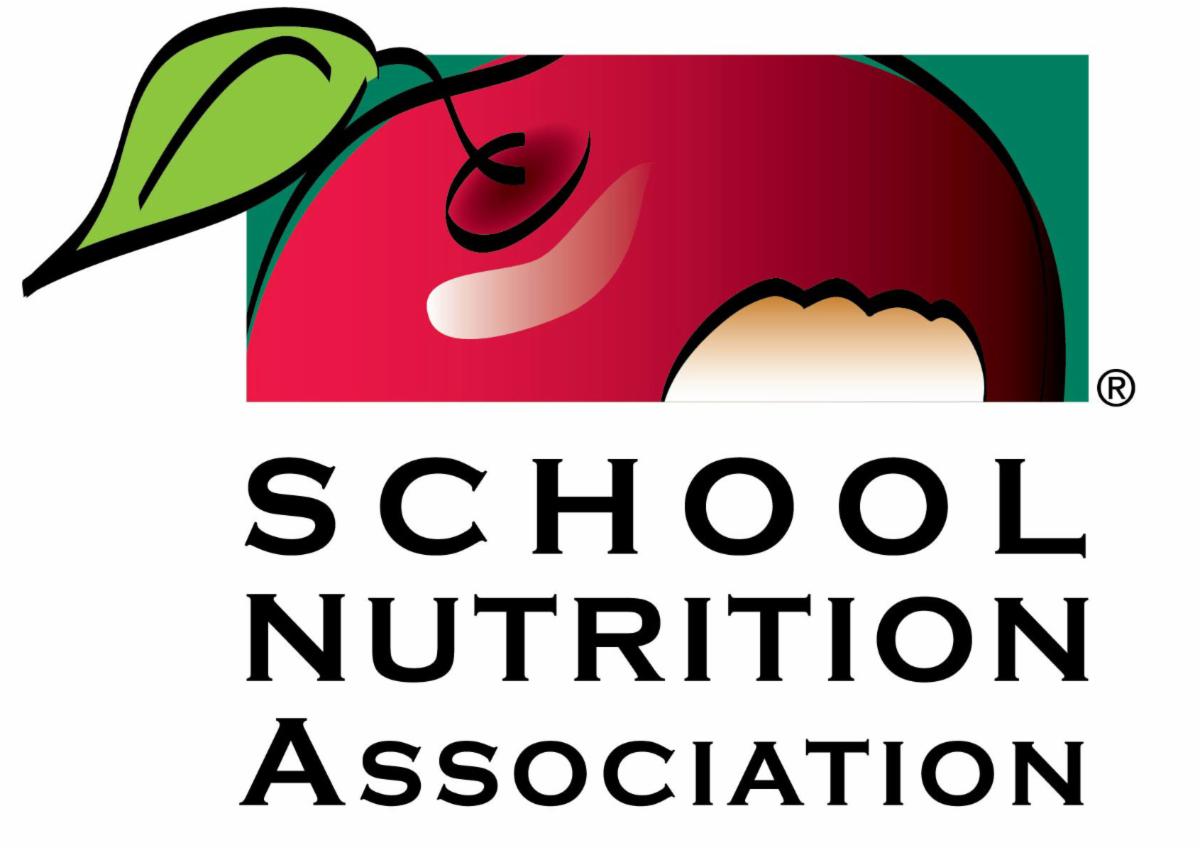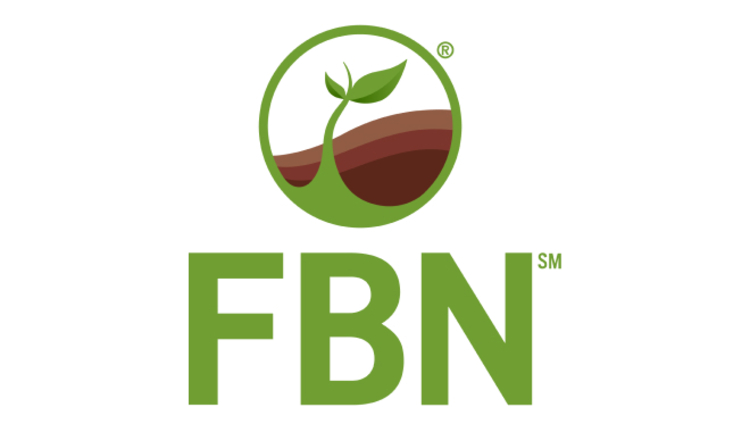The information below has been supplied by dairy marketers and other industry organizations. It has not been edited, verified or endorsed by Hoard’s Dairyman.

A fact sheet released today by the group highlights that milk is the top source of calcium, potassium, phosphorus, and vitamin D in kids ages 2-18. However, according to the U.S. Departments of Agriculture and Health and Human Services, American children over four years old and adolescents are not consuming enough dairy to meet the recommendations in the federal Dietary Guidelines for Americans (DGA), thereby under consuming a variety of nutrients they need to grow.
The National Milk Producers Federation (NMPF), the International Dairy Foods Association (IDFA) and the School Nutrition Association (SNA) look forward to working with parents and school nutritionists to increase consumption of dairy in keeping with recommendations from the 2020-2025 DGA report and leading health organizations. Moreover, because of falling participation rates in school breakfast and lunch programs due to the COVID-19 pandemic and removal of universal free meals in the upcoming school year, there are growing concerns for nutrition security among students.
“Dairy farmers and the cooperatives they own have for generations taken pride in the fact that the milk they produce is critical in meeting the nutritional needs of schoolchildren,” said Jim Mulhern, president and CEO of NMPF. “Milk makes school meals more healthful and offering many varieties of milk encourages children to consume these products vital for their own development. From low-fat flavored to lactose-free options, parents, educators, and policy leaders overwhelmingly agree that milk on the menu encourages healthy kids and ensures that everyone has equitable access to the 13 essential nutrients milk provides through school meals.”
“The most recent DGA report is clear: children are not receiving enough essential nutrients for growth, development, healthy immune function, and overall wellness,” said Michael Dykes, D.V.M., president and CEO of IDFA. “School meals offer the most important opportunity of the day for children to get the essential nutrients they need in an 8-ounce serving of milk. Now is the time of year when our parents, educators, school meals professionals, and policymakers need to work together to encourage school meal participation and nutritious milk consumption each day. Survey data shows the best way to do that is by offering many varieties of milk, including different fat varieties, flavors, and lactose-free options. There is nothing more important than the health of our children.”
"Research shows children eat their healthiest meals at schools, which provide balanced nutrition including milk, whole grains and a variety of fruits, vegetables and lean protein. School nutrition professionals are committed to ensuring access to and promoting consumption of healthy school meals to support student success," said SNA President Lori Adkins, MS, SNS, CHE.
An overall decline in school milk consumption has been identified in recent years, particularly after whole milk and low-fat flavored milk options were removed from school meals more than a decade ago. The fact sheet released by the group today underscores how all milk is a source for 13 essential nutrients, including calcium, vitamin D and potassium—nutrients of public health concern for children. In addition to being nutritious offerings for children, flavored milk has been shown to decrease food waste from school meals and increase overall meal participation.
View the fact sheet here.











